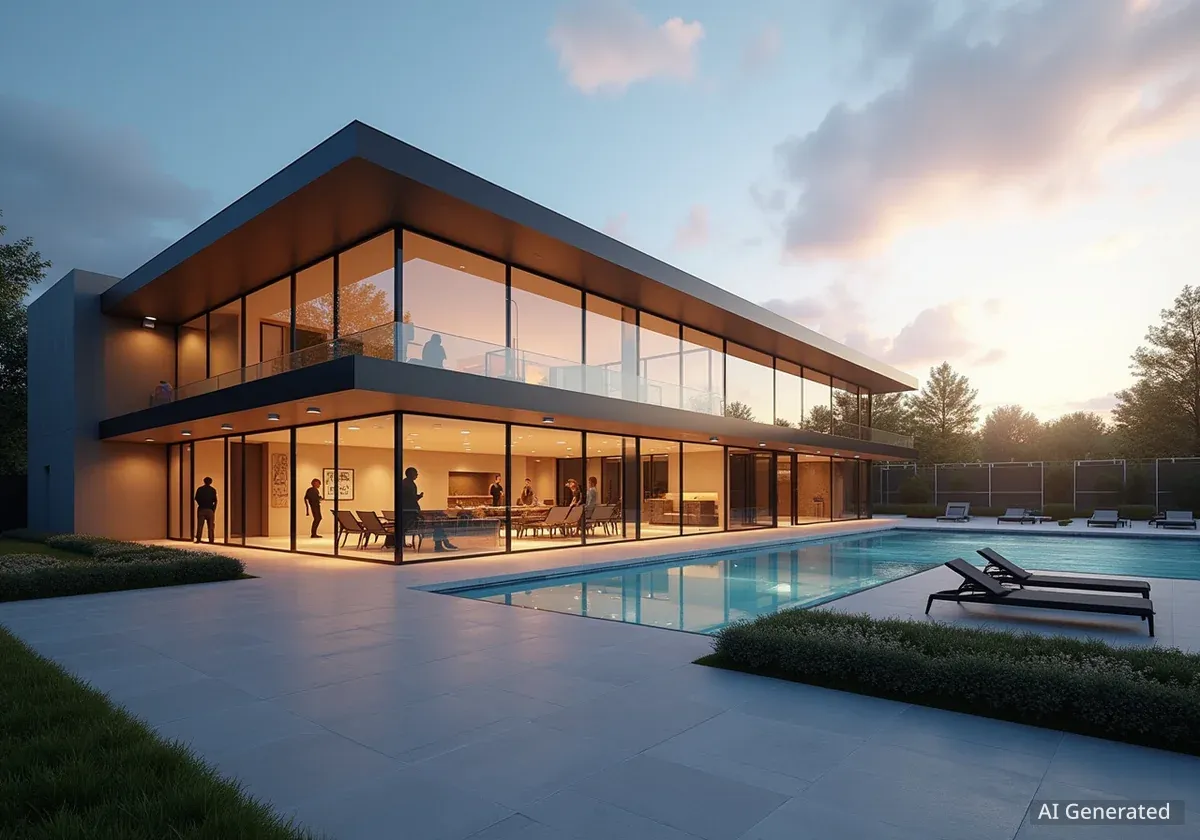The City of Newburgh is taking decisive steps to secure millions in state and federal funding aimed at transforming its downtown core. City officials have outlined a comprehensive strategy to pursue multiple grants, signaling a major push to revitalize key commercial and residential areas, starting with the historic Main Street corridor.
This initiative focuses on restoring blighted properties, improving infrastructure, and attracting new businesses to foster long-term economic growth. The city council has authorized the planning department to move forward with applications that could fundamentally reshape the city's economic landscape over the next decade.
Key Takeaways
- The City of Newburgh is actively pursuing millions of dollars in state and federal grants for downtown revitalization.
- Initial focus is on the Main Street corridor, targeting blighted properties and infrastructure upgrades.
- The plan aims to attract new businesses, support existing ones, and improve public spaces to boost economic activity.
- Officials see this as a critical opportunity to build on recent positive momentum and ensure sustainable growth.
A Strategic Push for Funding
City leaders are not waiting for opportunities to arise; they are actively creating them. The new strategy involves a multi-pronged approach to grant applications, targeting programs designed for urban renewal, historic preservation, and economic development. This coordinated effort is a significant shift from previous, more fragmented attempts to secure funding.
The planning department has been tasked with identifying every available grant at the state and federal levels. This includes tapping into programs from the New York State Downtown Revitalization Initiative (DRI) and federal block grants focused on community development. The goal is to layer different funding sources to maximize the total investment in the city.
According to city officials, the initial applications will focus on projects with the most immediate and visible impact. These include facade improvements for storefronts, the rehabilitation of key vacant buildings like those at 278-282 Main Street, and upgrades to public infrastructure such as sidewalks, lighting, and public parks.
Focus on Main Street and Beyond
The heart of the revitalization plan is Main Street. Long considered the city's primary commercial artery, the street has faced challenges with vacancy and disrepair. The new initiative aims to reverse this trend by making the area more attractive to both investors and residents.
A History of Renewal Efforts
Newburgh has a long history of revitalization efforts, with varying degrees of success. Past initiatives have often been hampered by economic downturns or a lack of sustained funding. This new, aggressive grant-seeking strategy is designed to overcome those historical obstacles by securing a substantial, multi-year financial commitment to ensure projects are seen through to completion.
One of the cornerstone projects is the redevelopment of a block of city-owned properties, including the buildings at 278-282 Main Street. The city envisions a mixed-use development at this site, combining ground-floor retail with upper-floor residential units. This model is intended to create a vibrant, 24/7 environment that encourages foot traffic and supports local businesses.
Community and Business Impact
Local business owners have expressed cautious optimism about the plan. Many see it as a long-overdue investment that could bring new life to the downtown area. The strategy includes provisions for supporting existing businesses through small grants for improvements and marketing assistance.
The plan also emphasizes the creation of public spaces that foster community engagement. This includes potential investments in pocket parks, public art installations, and improved pedestrian walkways connecting Main Street to the city's popular waterfront district. The idea is to create a cohesive downtown experience that benefits residents and attracts visitors.
Overcoming Challenges and Building Momentum
While the ambition is high, city officials acknowledge the challenges ahead. Securing competitive state and federal grants requires meticulous planning, strong community support, and a clear vision for the future. The city is working to build a coalition of stakeholders, including community groups, business leaders, and local developers, to strengthen its applications.
"This is not just about fixing old buildings; it's about building a future for Newburgh," a city planning official stated during a recent public meeting. "Every dollar we secure is an investment in our community, our businesses, and our residents. We are committed to making our downtown a destination once again."
The success of this initiative will depend on the city's ability to present a compelling case to grant committees. This involves demonstrating not only the need for investment but also the potential for a high return in terms of economic growth, job creation, and improved quality of life.
Next Steps in the Process
The immediate next steps involve finalizing the initial grant proposals. The planning department is currently gathering data, conducting feasibility studies, and preparing the detailed narratives required for the applications. Key deadlines for major state programs are approaching in the coming months.
The city council will hold a series of public workshops to gather input from residents and ensure the revitalization plan reflects the community's priorities. This public engagement is seen as a critical component for demonstrating broad-based support, a key factor in many grant evaluation processes.
If successful, the first wave of funding could be awarded within the next year, with initial projects breaking ground shortly thereafter. The city's leadership is framing this as a long-term commitment, with the current grant applications representing the first major step in a multi-phase revitalization effort that will unfold over the next five to ten years.





